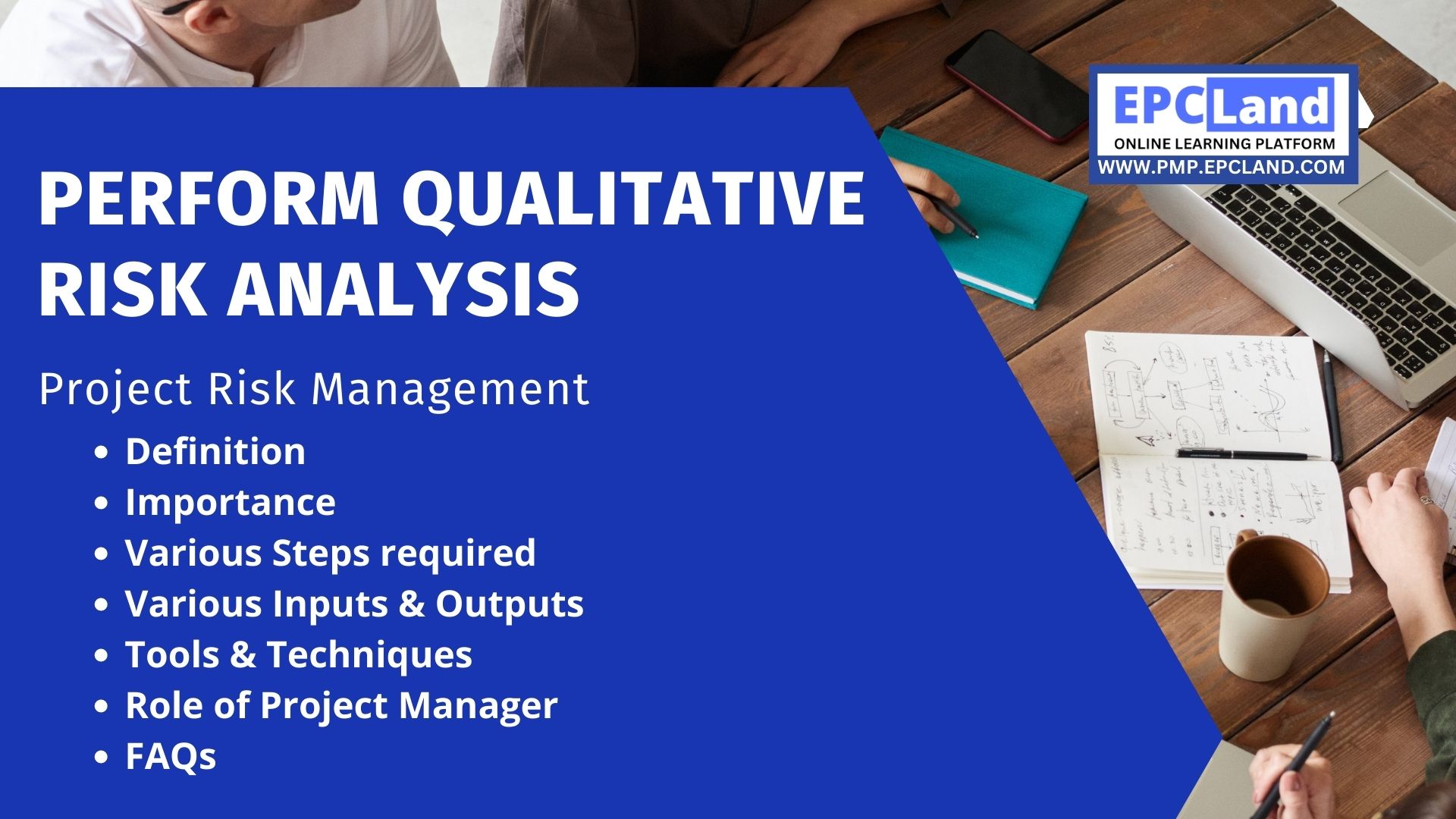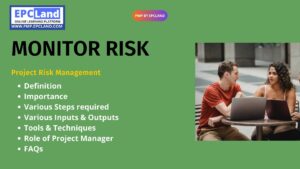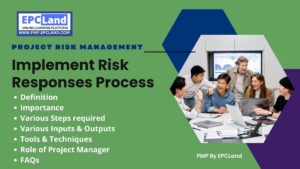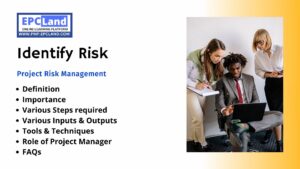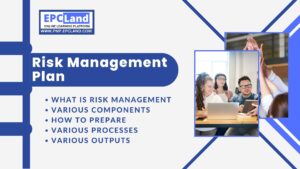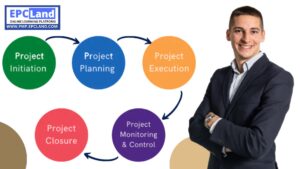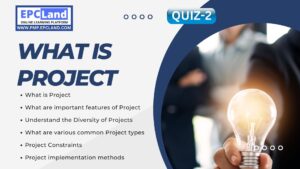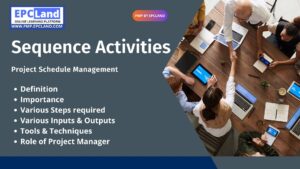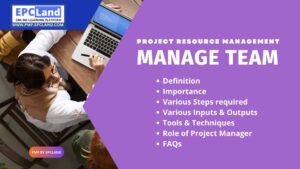Performing a qualitative risk analysis process is crucial for ensuring the success of any project. This process involves evaluating potential risks and determining the likelihood and impact of each one. By doing so, you can prioritize risk mitigation efforts and make informed decisions that protect your project from potential harm. The objective of qualitative risk analysis is to identify and prioritize risks, so the team can focus on the most critical ones and develop appropriate responses. This method can be applied to projects of any size or complexity and is an essential step in project risk management. In this guide, you will learn how to perform a qualitative risk analysis process, including how to identify risks, evaluate their likelihood and impact, and develop a risk management plan.
What is the Importance of “Perform Qualitative Risk Analysis Process”
Performing a qualitative risk analysis process is important for several reasons:
- Improved decision-making: By evaluating potential risks and determining their impact, project teams can make informed decisions that prioritize risk mitigation efforts.
- Better project planning: The results of a qualitative risk analysis can be used to inform project planning and allocate resources more effectively.
- Enhanced risk management: The process helps identify and prioritize risks, so teams can focus on the most critical ones and develop appropriate responses.
- Increased project success: By proactively managing risks, teams can reduce the likelihood of project failure and increase the chances of success.
- Improved stakeholder confidence: Demonstrating a systematic approach to risk management can increase confidence among stakeholders and improve their perception of the project.
Attempt Quiz-1 on Perform Qualitative Risk Analysis Process
What are the Various Steps required in the “Perform Qualitative Risk Analysis Process”
The steps involved in performing a qualitative risk analysis process are:
- Identify risks: This involves identifying potential risks that could impact the project, including both internal and external factors.
- Evaluate likelihood: Assess the likelihood of each risk occurring, using expert judgment and historical data.
- Evaluate impact: Determine the potential impact of each risk if it were to occur, including the financial, schedule, and performance impacts.
- Determine risk priority: Assign a priority level to each risk based on its likelihood and impact.
- Develop risk response strategies: Create a risk response plan for each risk, including strategies for mitigation, transfer, or acceptance.
- Monitor and control risks: Regularly review and update the risk management plan, including monitoring risks and updating responses as necessary.
- Communicate with stakeholders: Regularly communicate with stakeholders about risks and risk management efforts to keep them informed and engaged.
What are various Tools & Techniques used for “Perform Qualitative Risk Analysis Process”
The following are some of the tools and techniques commonly used in the qualitative risk analysis process:
- Brainstorming: A group discussion to identify potential risks in a project.
- SWOT analysis: An assessment of a project’s strengths, weaknesses, opportunities, and threats to identify risks.
- Checklists: A list of potential risks for a specific type of project, used to ensure all risks are considered.
- Expert judgment: Using the expertise of individuals or a panel with specific knowledge to evaluate the likelihood and impact of risks.
- Historical data: Reviewing past projects to identify risks that may have impacted similar projects.
- Risk probability and impact matrix: A visual representation of the likelihood and impact of risks, used to prioritize risks.
- Decision trees: A diagram used to evaluate potential outcomes of risks and the effectiveness of different risk response strategies.
- Sensitivity analysis: An analysis of the impact of varying assumptions on project outcomes, used to identify potential risks.
What are various Inputs required for “Perform Qualitative Risk Analysis Process”
The inputs required for the qualitative risk analysis process include:
- Project scope and objectives: A clear understanding of the project goals and what is to be achieved.
- Stakeholder requirements: An understanding of what stakeholders expect from the project and their risk tolerance levels.
- Project plan and schedule: Information about project activities, timelines, and dependencies.
- Historical data: Information about past projects, including risks that have impacted similar projects.
- Expert judgment: Input from individuals or a panel with specific knowledge and expertise related to the project.
- Project budget: Information about project funding and resource constraints.
- Regulations and standards: Information about relevant regulations, laws, and standards that may impact the project.
- Risk management plan: A plan for how risks will be managed and documented throughout the project.
What are various Outputs required for “Perform Qualitative Risk Analysis Process”
The outputs of the qualitative risk analysis process include:
- Prioritized risk list: A list of potential risks ranked in order of priority, based on their likelihood and impact.
- Risk response plan: A plan for how each risk will be managed, including mitigation strategies, risk triggers, and contingency plans.
- Risk register: A document that captures and tracks all risks, including the risk description, likelihood, impact, priority level, and risk response plan.
- Status reports: Regular reports that communicate the current status of risks, including any updates to the risk response plan.
- Stakeholder communication: Regular communication with stakeholders about risks and risk management efforts to keep them informed and engaged.
- Risk management plan updates: Updates to the risk management plan as necessary, based on changes to the project scope, schedule, or risks.
What is the role of the Project Manager in “Perform Qualitative Risk Analysis Process”
The role of the project manager in the qualitative risk analysis process is to:
- Lead the process: The project manager is responsible for ensuring that the risk analysis process is conducted and that all relevant stakeholders are involved.
- Identify risks: The project manager should use their knowledge of the project and input from stakeholders to identify potential risks.
- Evaluate likelihood and impact: The project manager should work with the project team to assess the likelihood and impact of each risk.
- Determine risk priority: The project manager should work with the project team to prioritize risks based on their likelihood and impact.
- Develop risk response strategies: The project manager should lead the development of risk response strategies and ensure that they are documented in the risk management plan.
- Monitor and control risks: The project manager should regularly review and update the risk management plan and monitor risks throughout the project.
- Communicate with stakeholders: The project manager should regularly communicate with stakeholders about risks and risk management efforts to keep them informed and engaged.
Attempt Quiz-2 on Perform Qualitative Risk Analysis Process
Final take Away on “Perform Qualitative Risk Analysis Process”
The qualitative risk analysis process is a crucial step in project management that helps identify and prioritize potential risks. With the right inputs and techniques, project managers can make informed decisions about how to respond to risks and increase the likelihood of project success. By regularly monitoring and updating the risk management plan, project managers can ensure that their projects stay on track and that risks are effectively managed. A well-executed qualitative risk analysis process can help project managers increase confidence in their projects and achieve their goals.
FAQs on “Perform Qualitative Risk Analysis Process”
- What is qualitative risk analysis?
Qualitative risk analysis is a process used to identify, evaluate, and prioritize potential risks in a project. It helps project teams understand the likelihood and impact of risks, and determine the best approach for managing them.
- Why is qualitative risk analysis important?
Qualitative risk analysis is important because it helps project teams make informed decisions about risk management, identify potential roadblocks, and increase the likelihood of project success. By proactively addressing risks, teams can avoid unexpected problems and increase confidence in the project.
What are the steps in the qualitative risk analysis process?
The steps in the qualitative risk analysis process include: identifying potential risks, evaluating the likelihood and impact of each risk, prioritizing risks, developing risk response strategies, monitoring and controlling risks, and communicating with stakeholders.
- What tools and techniques are used in qualitative risk analysis?
Common tools and techniques used in qualitative risk analysis include brainstorming, SWOT analysis, risk probability and impact matrix, and expert judgment.
- What are the inputs required for qualitative risk analysis?
The inputs required for qualitative risk analysis include project scope and objectives, stakeholder requirements, project plan and schedule, historical data, expert judgment, project budget, regulations and standards, and risk management plan.
- What are the outputs of qualitative risk analysis?
The outputs of qualitative risk analysis include a prioritized risk list, risk response plan, risk register, status reports, stakeholder communication, and updates to the risk management plan.
- What is the role of the project manager in qualitative risk analysis?
The role of the project manager in qualitative risk analysis is to lead the process, identify risks, evaluate likelihood and impact, determine risk priority, develop risk response strategies, monitor and control risks, and communicate with stakeholders.
